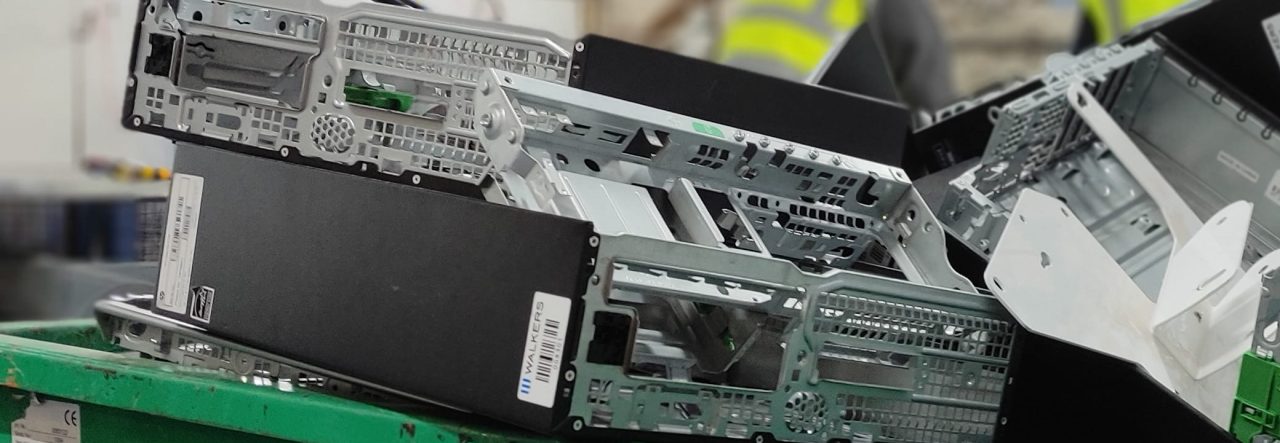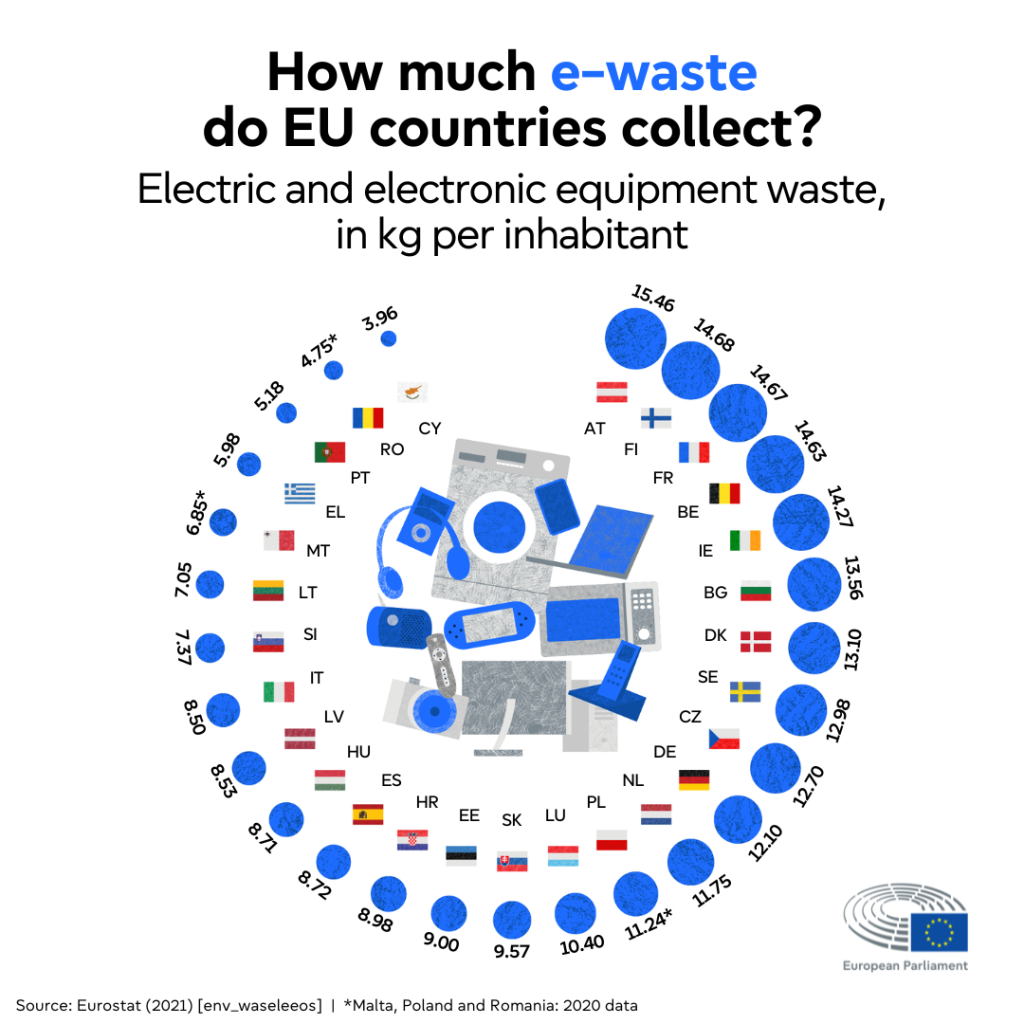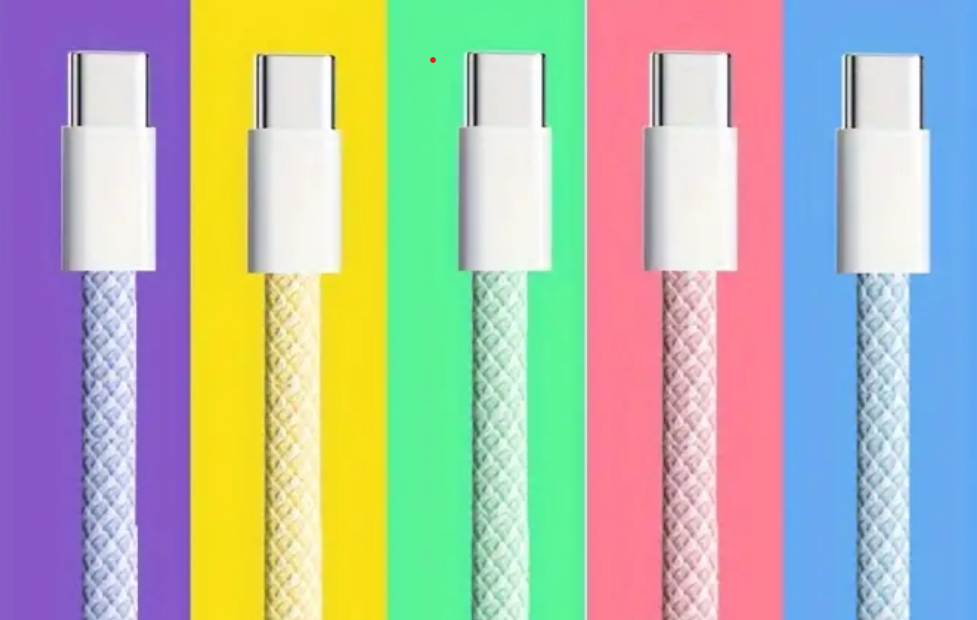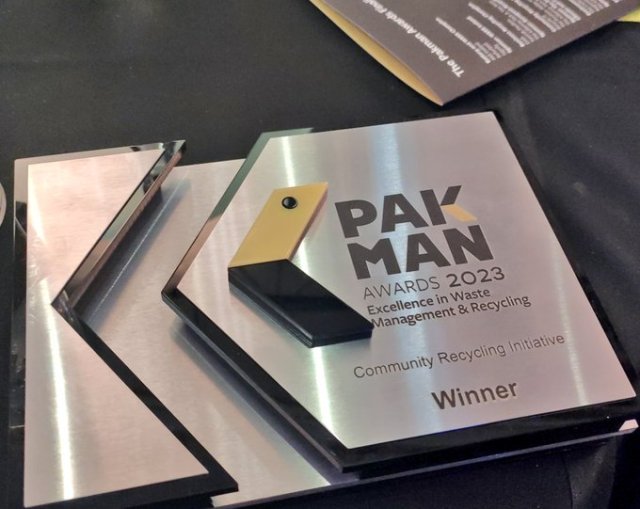Technology is now part of our everyday live. From home to offices, buses to boats, school and colleges, computers tablets, PCs severs, and related software are an indispensable part of our modern life. Add personal items like smart watches, mobile phones, virtual assistants, and robot vacuums and mowers and we are all are touched by helpful or essential tech.
The downside is the lifespan with some items breaking sooner than they should or people always wanting the latest and greatest meaning items become waste or e-waste which is a major concern for the planet we live on!
What is e-waste?
According to the European Union (EU), electronic and electrical waste, or e-waste, covers a variety of different products that are thrown away after use.
These include:
- Large household appliances, such as washing machines and electric stoves
- IT and telecommunications equipment (laptops, printers)
- Consumer equipment (video cameras, fluorescent lamps) and photovoltaic panels
- Small household appliances (vacuum cleaners, toasters)
- Other categories, such as electrical tools and medical devices
The EU also say e-waste is one of the fastest growing waste streams in the Europe and less than 40% is recycled. You can view the facts and figures in the infographic below.
You can use the infographic to find out how many kilos of electronic equipment have been collected per inhabitant in Ireland and other EU countries.
Recycling practices vary among EU countries. In 2021, Austria topped the EU countries in electronic waste collection, with an average of 15.46 kilos per inhabitant. In 2021, 11 kilos of electrical and electronic equipment waste were collected per inhabitant in the EU on average.
Why recycle electronic and electrical waste?
Cast off electronic and electrical equipment contains potentially harmful materials that pollute the environment and increase the risks for people involved in recycling e-waste. To counter this problem, the EU has passed legislation to prevent the use of certain chemicals, like lead.
The EU say, many rare minerals that are needed in modern technology come from countries that do not respect human rights. To avoid inadvertently supporting armed conflict and human rights abuses, MEPs have adopted rules requiring European importers of rare earth minerals to carry out background checks on their suppliers.
Changes for Us
The European Commission presented a new circular economy action plan in 2020 that has as one of its priorities the reduction of electronic and electrical waste. The proposal specifically outlined immediate goals like creating the right to repair and improving reusability in general, the introduction of a common charger and establishing a rewards system to encourage recycling electronics.
- USB Type-C will become the common charger for most electronic devices in the EU by the end of 2024. Laptops will have to be equipped with a USB Type-C port by 28 April 2026.
- The Commission presented a new proposal to promote repairing and reusing goods. Within the legal guarantee It would require sellers to repair products unless it is cheaper to replace them. Beyond the guarantee, it would provide rights to make repairs easier and cheaper.
- The EU has adopted rules on the collection, treatment and recycling of electrical and electronic equipment to tackle the issue of the growing amount of electronic waste.
- The Commission put forward a proposal for an update of the directive on waste electrical and electronic equipment to implement a ruling of the European Court of Justice concerning the scope of obligations of producers of photovoltaic panels (solar panels).
The EU council has now adopted these amendments into the EU law on waste from electrical and electronic equipment (WEEE). Read more here.
Further updates will follow over the coming months. To reads more now please click here.
Irish Statistics
The Irish Environmental Protection Agency (EPA) released 2022 statistics data related to the waste electrical and electronic equipment (WEEE) statistics for the whole of Ireland which documents household dual use B2C and commercial, professional B2B WEEE takeback.
The following key trends can be highlighted:
- 66,018 tonnes of WEEE were collected for treatment in Ireland in 2022, a decrease of 8% from the quantity collected in 2021.
- 61,806 tonnes of WEEE were recovered and 54,245 tonnes were prepared for reuse or recycling in 2022, a decrease of 8% and 9% respectively from the quantities in 2021.
- Large equipment (e.g. Cookers, washing machines) accounted for 53.2% (by weight) and small equipment (e.g. Kettles, toasters) represented the next largest category accounting for 19.9% of WEEE collected.
- Ireland met the EU recovery, recycling and reuse targets for all six categories of WEEE in 2022, they are temperature exchange equipment, screens, monitors, and equipment containing screens, lamp, large appliances, small appliances, and small IT.
The Irish national statistics show Ireland is in line with many European Member States but WEEE recycling volumes are not achieving 65% collection target.
About Recycle IT
Recycle IT is an award-winning, not-for-profit, social enterprise established to create employment and promote environmental awareness through recycling and reuse. We work in partnership with WEEE Ireland and are authorized by your local authority to provide electrical, electronic and pure metal recycling collections across Dublin since 2007. Recycle IT are fully compliant with WEEE collection regulations. Our permit details are available here.




